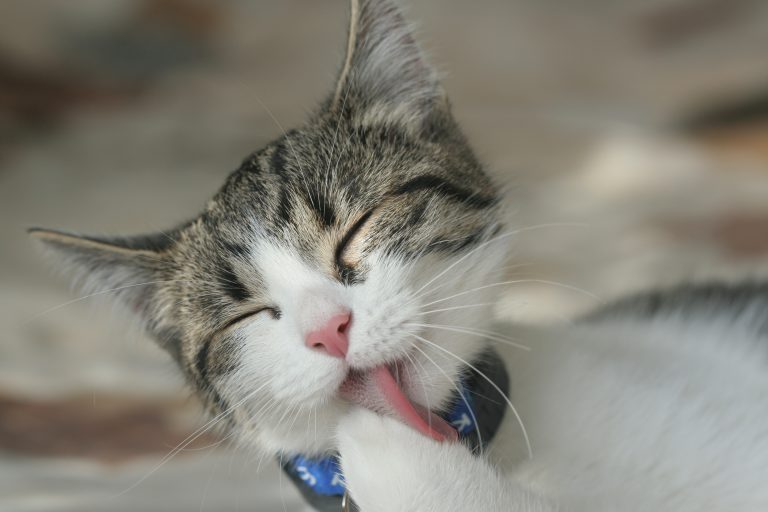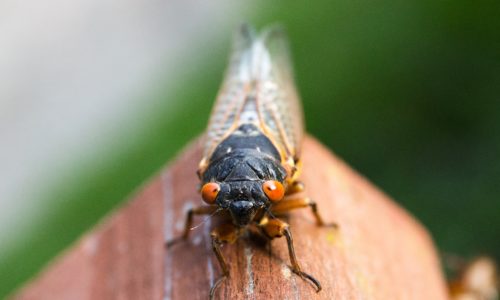Do you have a cat who leaves hairballs around your house and you aren’t sure what to do? The Humane Society of Greater Dayton can help!
“Hairballs are very common in cats,” said Brian Weltge, President & CEO of the Humane Society of Greater Dayton. “They occur when your cat swallows hair during the grooming process. Typically, fur passes through their digestive tracts. However, sometimes hair builds up and clumps together inside your cat’s digestive system and they have to get rid of the fur the only way they know how – by throwing it up.”
Let’s be honest. No one likes to discover a hairball from their cat. Have no fear, though! If you follow these simple tips, you can help lower the number of hairballs your cat has.
Groom Your Cat
By brushing or combing your cat often, you can eliminate loose fur before it gets caught in your cat’s digestive system. We recommend, especially if you have a long-haired cat, to brush them daily. After you are done brushing them, use a clean, damp cloth to wipe across your cat’s body to collect any other loose hairs.
Increase Their Fiber
By increasing your cat’s fiber intake, you are naturally finding ways to help push swallowed hair through the digestive tract so they can eliminate it through their bowel movements. A great way to add some more fiber to their diet is through canned pumpkin. It is very rich in fiber and typically cats love the taste of it. Make sure you are buying the 100% pumpkin and not the pumpkin pie filling. Add a teaspoon or two to your cat’s food. You can also freeze leftover pumpkin into ice cube trays and just thaw them out as needed so none of your pumpkin goes to waste. If your cat doesn’t like pumpkin, you can provide them with catnip or cat grass to eat. This is another way to add a little more fiber to their diet naturally.
Provide a Lubricant
Many pet supplies stores offer over-the-counter lubricants for your cats. These products help to coat the hairball inside their system and encourages your cat to pass the hairball more easily through the intestinal tract. Simply follow the directions on the container for proper usage.
Change Their Food
Many brands offer hairball-control cat food. Typically, with these formulas, they help to lower the number of hairballs by improving your cat’s skin and coat health. They lower shedding and increase the fiber that your cat consumes, all of which help to lower the overall number of hairballs.
Increase Water Intake
By keeping your cat hydrated you are helping to keep things flowing inside your cat. This helps to keep hair moving through your cat’s digestive tract and helps to lower the buildup of hair.
If you notice your cat continues to gag for more than one day or if your cat seems constipated or has diarrhea, please contact your veterinarian immediately. There are some rare cases when hairballs can get stuck in your cat’s esophagus or intestines. Surgery may be required to correct this, but a visit to your vet is a must.




